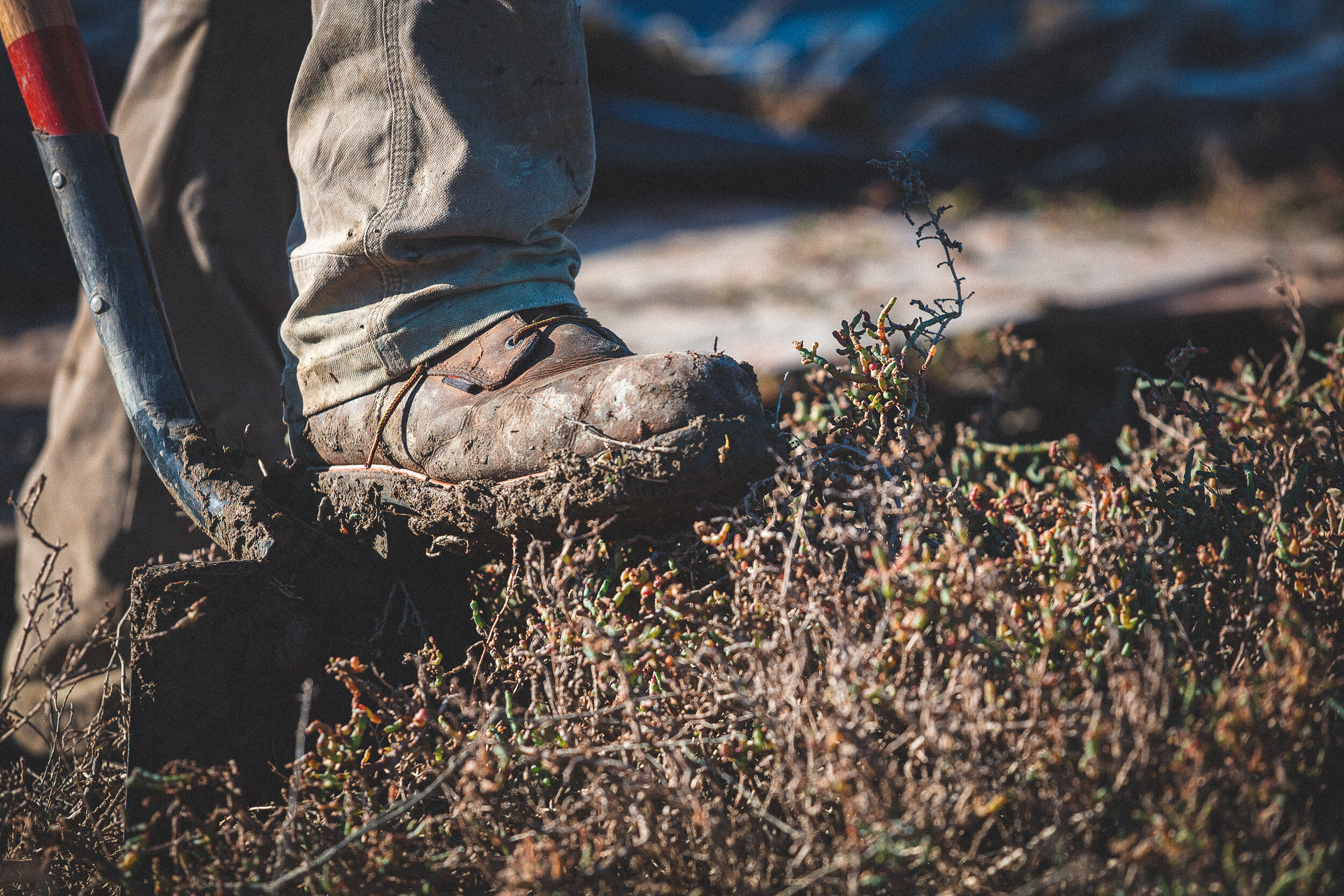Worker Environmental Compliance training standards
As workers in the growing ecological workforce, the work we do is specifically focused on improving, enhancing and restoring ecosystems. We are often working in places that are environmentally sensitive like wetlands, rivers, lagoons, grasslands, etc. and likely contain protected species and resources. For this reason, Hanford has always set a high bar for implementing resource protection during construction and continues to be on the leading edge through developing curriculum to educate its workforce on the critical role we play in implementing these projects.
Training Program
Ecosystem Restoration
A discussion about the wide variety of project types we work on with an emphasis on both understanding the goals and objectives of these projects and the benefits they provide for the ecosystem and the human community.
Environmental Laws and Regulations
An overview of the key state and federal environmental laws and policies with an emphasis on the roles and responsibilities of our state and federal resource agency partners - workers learn about improving water quality, enhancing habitats, recovering special status fish, wildlife, and plants, as well as identifying and protecting cultural resources.
Protective Measures
Ensure not only that project specific permit conditions are met but also that workers understand the goals of these measures and can work with clients and resource agency staff to adaptively manage measures to maximize protection. Specific emphasis is on water quality and species protection measures for projects in waterways and wetlands.
Informed Decision Making
Goals of educating our workforce are two-fold:
Minimize damage to the environment that can occur during construction through education of our workforce.
Encourage transparency in decision making and instill a sense of common purpose between all members of our team and resource agency staff.
Jobsite Compliance
Understanding the potential impacts to natural resources that can occur during construction activities and ensuring permit requirements to minimize these impacts are met.
Fish and Wildlife Protections
Familiarity with best practices when working in areas with sensitive fish and wildlife resources, including measures to avoid, minimize, and mitigate impacts to endangered species and their habitats.

ENVIRONMENTAL COMPLIANCE IS A TEAM EFFORT
Understanding the laws and regulations, and agencies that enforce them, is critically important for all staff.

WECT TRAINING OUTCOMES
An understanding of what ecosystem restoration is and why we work in this field
A strong grasp of how various state and federal agency regulations interact and overlap with each other and our role in helping implement key laws and regulations
A clear understanding of how to better serve clients and resource agencies to effectively protect water quality, air quality, sensitive species and their habitats, and cultural resources during construction.
Familiarity and comfort with the various state, federal, and local governmental agencies involved in environmental protection.
An understanding of the laws and regulations governing environmental restoration.
EDUCATION PARTNER
Alnus Ecological
Alnus Ecological is a sole proprietorship run and managed by Jim Robins. Jim has extensive experience in ecological restoration planning, riparian and stream ecology, salmonid ecology, rangeland management, land-use policy and environmental compliance. Much of his experience has focused on the synthesis and application of ecological data and principles to complex resource issues ranging from development and implementation of multi-benefit ecological resource projects to the design of regional environmental planning and compliance documents including the NOAA Restoration Center’s Programmatic Biological Opinion for Salmonid Restoration Projects, the Santa Cruz County Resource Conservation Investment Strategy, and the Public Works Plans to support Coastal Act Compliance for Forest Health and Fire Resilience Projects in San Mateo and Santa Cruz counties. The balance of Jim's work has been focused in Bay Area and Central Coast ecosystems, but he also brings experience from work in Southern California's Transverse Range and the Central Valley. Among other things, Jim is currently working with the California Landscape Stewardship Network and California Natural Resources Agencies on a statewide effort – Cutting Green Tape - to create new efficiencies in permitting and compliance that will help increase the pace and scale of implementing ecologically beneficial projects. Jim also has a passion for teaching and has helped design and teach environmental compliance and permitting classes in multiple venues.









